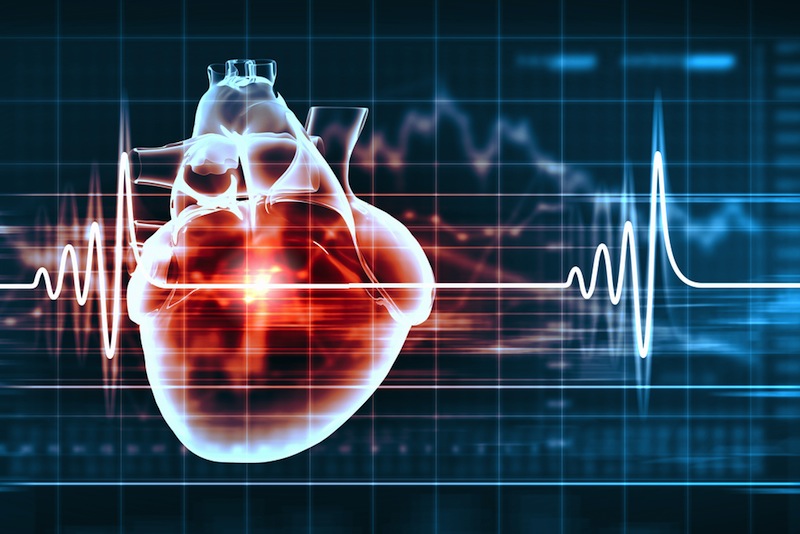Tech that Checks Your Vital Signs Could Find What Docs Miss

The cause of a stroke can sometimes be a mystery. And people may suffer a stroke and never know it; for example, a person who goes to the hospital because they fainted may appear normal on every test, and have a heart that beats like a clock.
That's partly because current tests of the brain and heart don't reveal what happened right before a patient developed a problem. But now, new technology that allows doctors to continuously monitor the heart could help detect the silent problems that can happen before a person passes out or has a stroke, one doctor argues.
Doctors often check a patient's four vital signs: heart rate, blood pressure, breathing rate and body temperature. But checking these vital signs only once or twice a year is not always enough, and can lead doctors to make medical decisions based on "the wrong data at the wrong time," said Dr. Suneet Mittal, a cardiologist at Valley Hospital in New Jersey. [Heart of the Matter: 7 Things to Know About Your Ticker]
"The problem is when a patient comes to us … we take their vital signs and try to guesstimate what the vital signs may have been when a patient suffered one of these symptomatic episodes," Mittal told an audience at Forbes Healthcare Summit on Thursday (Dec 4).
But it is now possible to remotely monitor people's heart rhythms, with small devices placed under the skin that record and transfer a person's data to his or her doctor's computer, in real time, Mittal said. And when something abnormal happens with the heart, software could detect it, and issue an alert. This way, doctors can learn about abnormalities that come and go, and don't necessarily show up when their patients are at the hospital.
For example, people with a condition called atrial fibrillation could benefit from this approach. In atrial fibrillation, an irregular heart rhythm can result in poor blood flow, the development of blood clots, stroke and other heart-related problems.
Many people with atrial fibrillation do not have symptoms, and are unaware of their condition, according to the American Heart Association. And atrial fibrillation is now on the rise, because of the aging population, obesity epidemic, and increasing rates of hypertension and diabetes, Mittal said. The condition affects millions of Americans, and accounts for 3 percent of all visits to the emergency room and 6 percent of all hospital admissions, Mittal said.
Get the world’s most fascinating discoveries delivered straight to your inbox.
When patients with atrial fibrillationare admitted to the hospital, they undergo a dozen tests, but 40 percent of these patients leave the hospital without getting a diagnosis, he said.
Mittal pointed to a case of one patient, a woman around age 80, who was an example of how remote, continuous monitoring could spot an irregular heart rhythm that had gone unnoticed for years, he said. The woman had experienced two episodes of fainting over a span of three years, but doctors couldn't explain why — her vital signs were all normal. [5 Numbers Your Heart Depends On]
"When she had another fainting episode six months later, she didn't even bother seeking medical attention — knowing what she'd gone through the first two times — until the next morning, when she woke up unable to speak," Mittal said.
A CT scan showed the woman had suffered a stroke. Her vital signs were still normal, and nothing could explain why the stroke occurred. So she was said to have had a cryptogenic stroke, which means no cause was determined for the stroke.
But then her doctors implanted a remote monitoring device in the woman's chest. Four months later, they discovered an atrial fibrillation — an episode of irregular heart rhythm ending with missing heart beats for several seconds, which is likely why she had fainted multiple times, Mittal said.
"I argue that today, in 2014, this is what vital signs needs to be," assessed continuously, not simply when the person visits a doctor, Mittal said. "Hopefully, in the future, this is not the only vital sign we are able to monitor, but all four of our core vital signs will be available for continuous monitoring to help patients and doctors."
Email Bahar Gholipour. Follow Live Science @livescience, Facebook & Google+. Originally published on Live Science.

